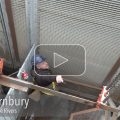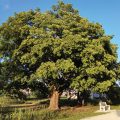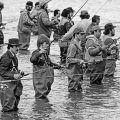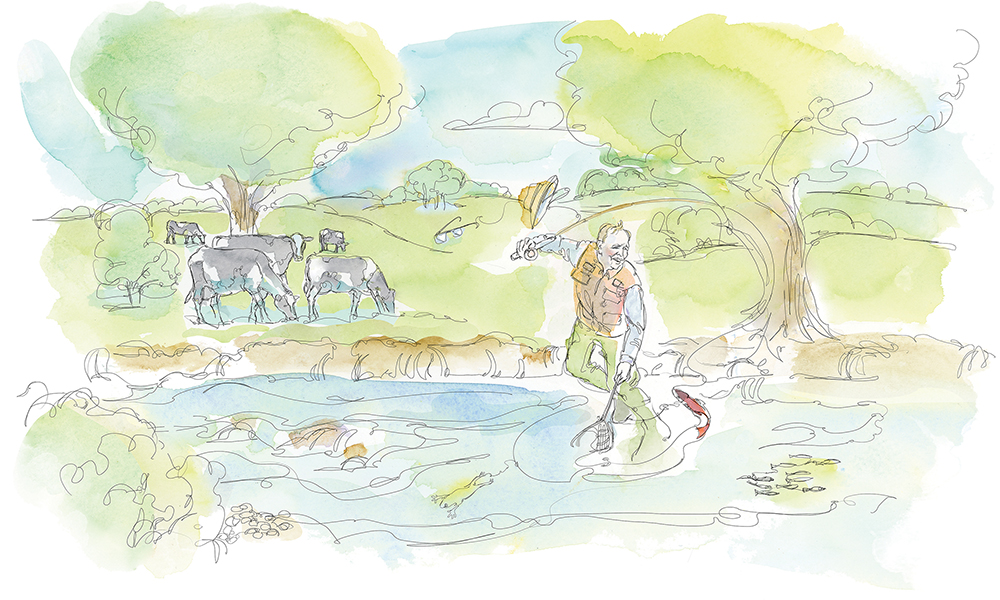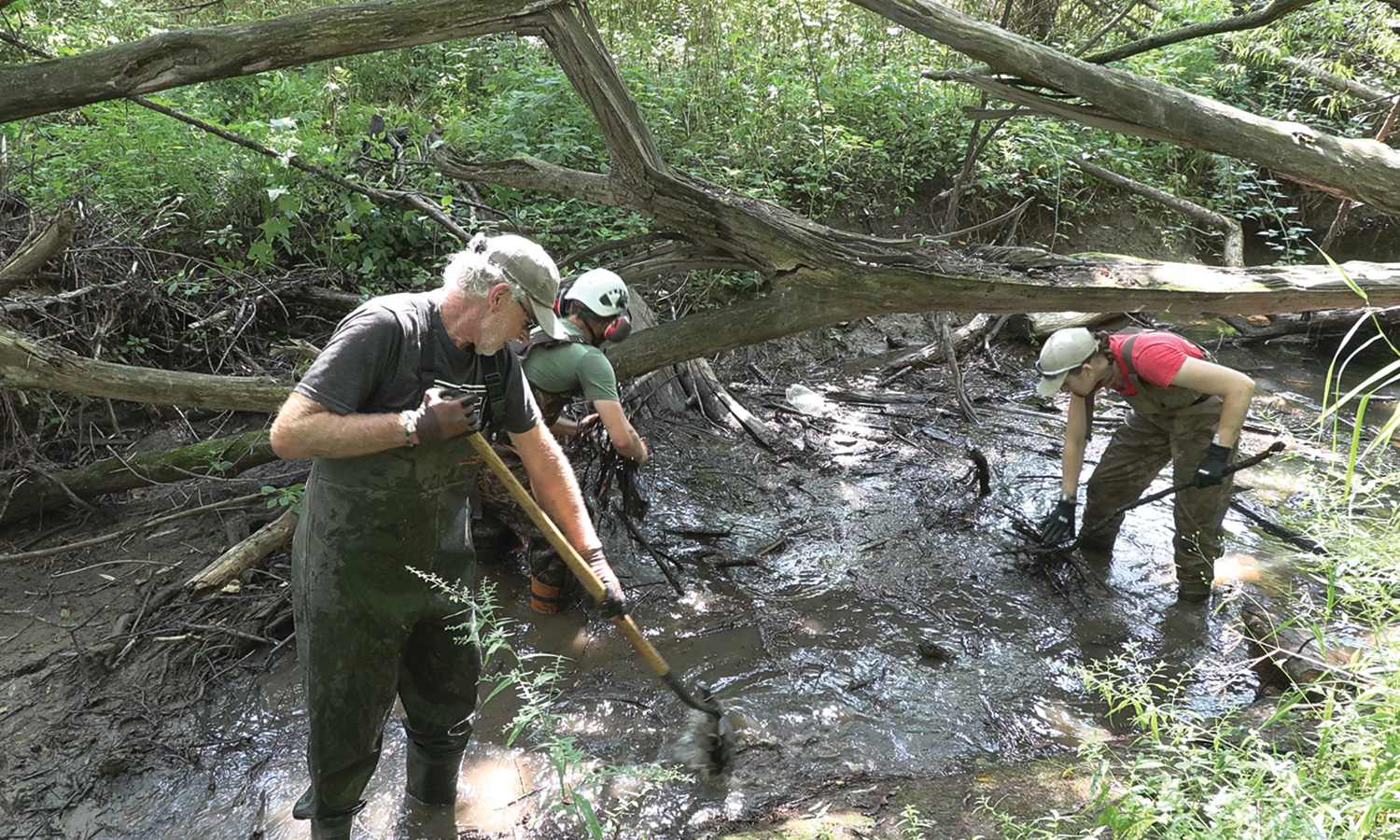
Volunteers breathe new life into a Thornbury trout stream.
by Roger Klein // photography by Roger Klein
Migrating trout had not been seen in the upper reaches of Little Beaver River for more than a century. Until this spring, that is, when migrating fish were able to swim past a historic bridge foundation under the Georgian Trail.
In the summer of 2022, a specially designed culvert was installed by the volunteers from the Beaver River Watershed Initiative (BRWI), which allowed fish to move upstream to spawn, likely for the first time since the Northern Railway line was completed over the river in 1872. Bradley Mulligan, BRWI’s chair of projects, says the culvert was a critical first step.
“When we brought in the fish culvert, we actually connected the Little Beaver back to Georgian Bay,” says Mulligan.
Trout require cold, free-flowing water to reproduce, but over the decades the small watercourse that flows through Thornbury’s west end has become plugged with debris and sediment. A volunteer group of biologists, engineers and ecologists explored the area this summer and identified trouble spots where volunteers could get to work and breathe new life into the river.
Brian Greck is a professional water resources engineer who sees the value in saving the Little Beaver’s ecology. “This is not just someone going out there and doing whatever they want. This has to be well thought through and implemented,” says Greck. “It’s a natural resource that is valuable to the community and if land uses change it needs to be recognized and appreciated.”
Equipped with gloves, shovels and a chainsaw, volunteers started clearing the tangle of tree branches, sediment and debris on a stretch of the river south of Napier Street.
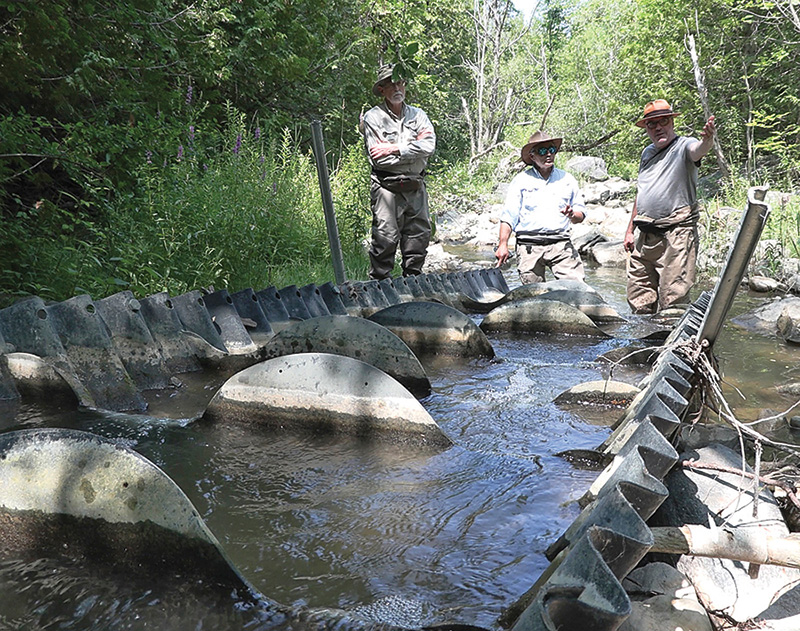
Watershed scientist Jack Imhof sees the potential for greater biodiversity in the river. “Sections of this stream could be considered a trout stream, especially where it’s higher-gradient, boulders, cobble and gravel,” he says. “But as you move upstream, you are looking more at minnow populations and maybe white sucker. But all of those fish have a purpose; they utilize energy from the stream and put it into tissues that other animals feed upon, whether it be mink, otter, kingfishers or trout.”
It could take several years to get all of the work done, but working in short sections of the river is the best approach according to Mulligan. The BRWI is hoping for more landowner participation and partnerships for next year’s projects, which include tree planting and riparian restoration to reduce erosion.






